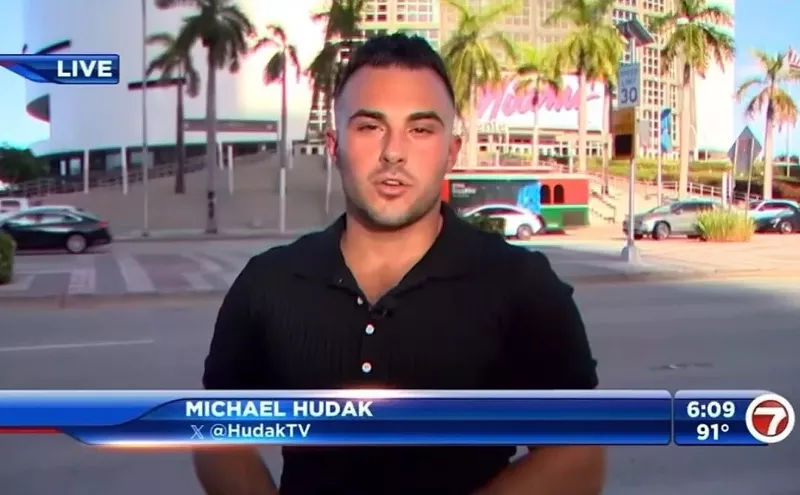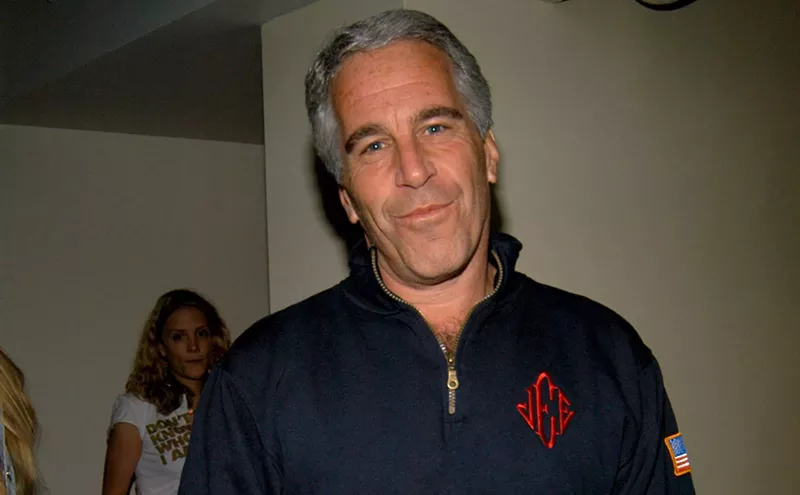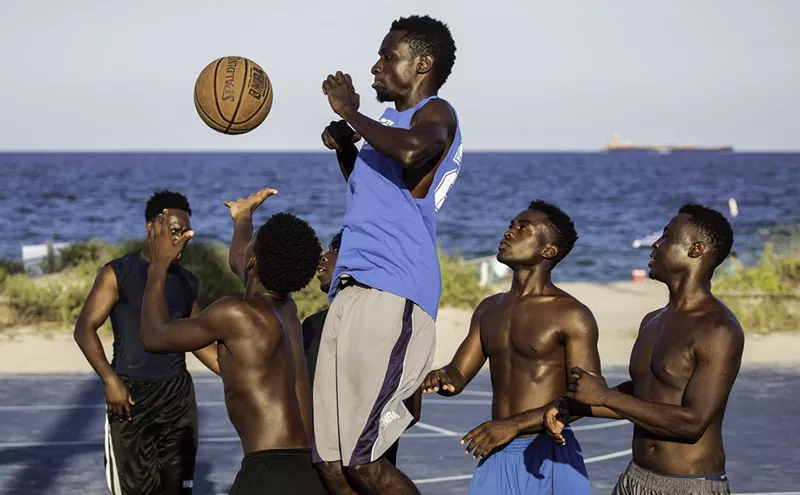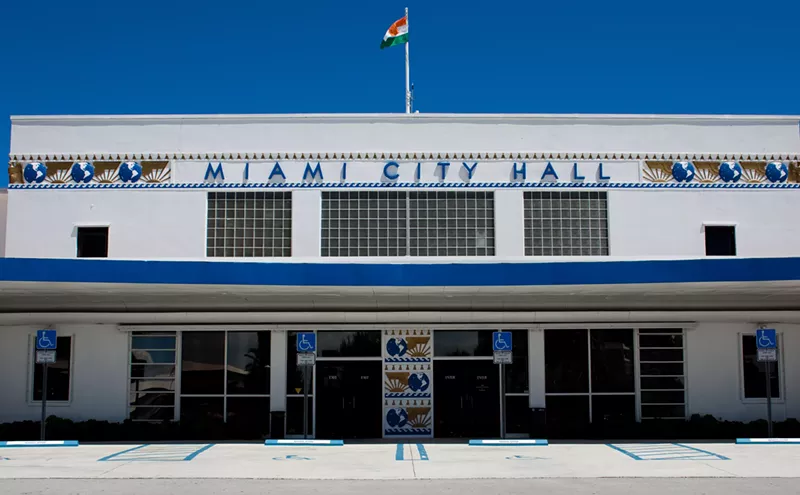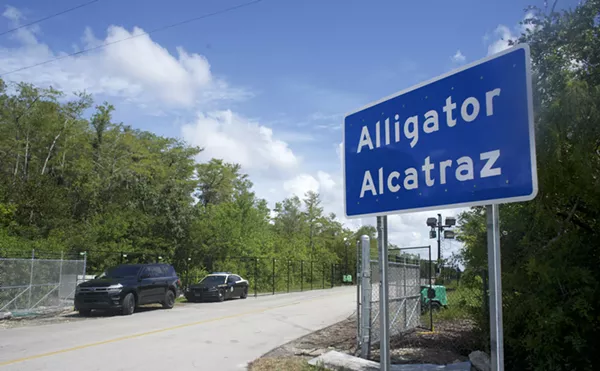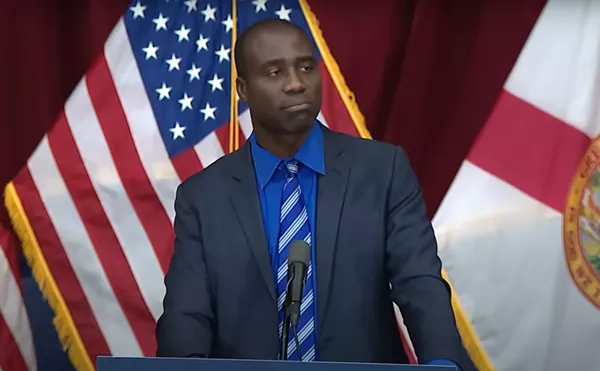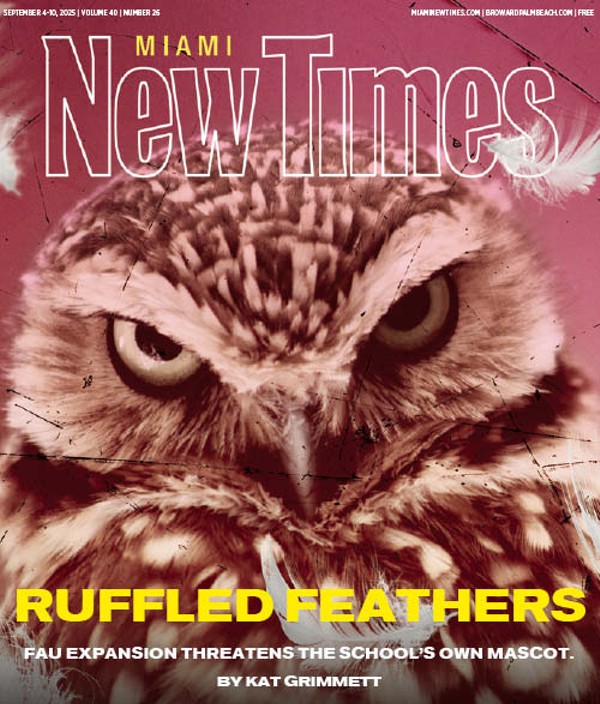Update: Fairchild Garden will be reopening to the public this Saturday, Sep 23, with free admission Sep 23 and Sep 24. According to Dr. Carl Lewis, director of the gardens, volunteers and staff members managed to secure the gardens' rare plants and remove storm debris. "We need more help to be fully restored, but the Garden is already looking great and we want to share it with the community," says Lewis.
Every year, more than a half-million people flock to the Vizcaya Museum & Gardens and Fairchild Tropical Botanic Garden. Hurricane Irma, though, severely damaged both Vizcaya — an early-20th-century Italian-style estate built by James Deering — and Fairchild, one of the world's greatest repositories of tropical plants.
“Every storm is different, but this one hit our trees hard,” says Carl Lewis, Fairchild Garden’s director. “It’s going to depend on the people that love the gardens to get them back open again.”
Opened in 1938, Fairchild Garden, an 83-acre plot off Matheson Hammock Park, features extensive collections of rare plants including cycads and baobab trees, as well as exotic butterflies from Central and South America and more than a dozen lakes.
Before the hurricane hit, the garden’s 86 staff members had already begun preparation of the facilities and plant nurseries, pruning fragile branches off trees and evacuating the butterflies to a secure laboratory. Even so, with a massive property of 83 acres, much of the grounds were exposed to the elements. Due to Fairchild's precarious location near the coastline, all staff members were evacuated before the storm.
Within 30 hours, the storm had destroyed or damaged most of the park’s nonnative trees. Some trees were uprooted, while the limbs of others broke and fell. “The overwhelming impact was tree debris,” says Lewis, adding there was also some flooding around the lakes.
Thankfully, he says, many of the garden’s most valuable flora weathered the hurricane, among them the resilient oaks, the priceless orchid collection, the iconic palms, and the rarest of plants — the park's huge baobab tree, the cannonball tree, and the rainbow eucalyptus. “They’re still standing strong,” Lewis says.
Vizcaya fared worse in Irma.@MiamiDadeWater crews & equipment are @VizcayaMuseum pumping water out from the museum's basement caused by flooding from #HurricaneIrma pic.twitter.com/Wsphr4Vf9V
— Miami-Dade WASD (@MiamiDadeWater) September 12, 2017
Built in the late 1910s, the 43-acre historic landmark on Biscayne Bay built as Deering’s winter home encompasses ten acres of Italian Renaissance-inspired gardens, 25 acres of endangered primary growth forests, and a museum with 34 gilded rooms. Vizcaya has hosted major events, such as the Summit of the Americas and the signing of the Free Trade Agreement of the Americas.
Vizcaya's social media accounts documented the damage to the estate.
In the week before Hurricane Irma struck Florida, Vizcaya began canceling its hosted events such as the museum’s weaving program and winetasting. By Friday, staffers tweeted a photo of the museum’s glass gallery entrance, which had been sealed shut by a black “armor” screen. Within hours, footage of Irma’s violent winds beating the waters near the museum’s decorative stone boat were released by a security officer who had stayed on the premises.
Over the weekend, roof tiles were ripped off, the back lawn was doused in wet mud, and the museum’s café and basement were flooded despite being equipped with heavy hurricane doors and glass. Even the museum’s renowned tea house lost its wooden trellis roof. “Thankfully, plans were already underway for a full restoration,” the tweet reads.
By Monday, trucks and crew members arrived ready to pump out floodwater and begin reconstruction. Miami-Dade County Commissioner Xavier Suarez visited Vizcaya to assess the extent of the damage with the estate’s director, Joel Hoffman.Photos from Monday: Cafe and basement flooded. Trucks arrived to pump water out. #HurricaneIrma pic.twitter.com/xJmrefJgge
— Vizcaya (@VizcayaMuseum) September 12, 2017
Both Vizcaya and Fairchild have announced they will be temporarily closed until repairs are complete.Thank you to @XavierLSuarez1 for coming to Vizcaya to assess the damage with our Director, Joel Hoffman. #HurricaneIrma pic.twitter.com/ScGNuNQtxa
— Vizcaya (@VizcayaMuseum) September 12, 2017
Yesterday, Fairchild’s full staff arrived early in the morning to begin clearing pathways to allow for heavy equipment, lifts, and tree medics to safely triage the mess of fallen, broken trees.
“Everyone has so much enthusiasm to get the gardens back in order,” Lewis says. Fairchild Garden asked anyone who wants to help to arrive at the Garden House today at 9 a.m. to assist with the plant cleanup and recovery. Currently, the gardens have 800 active registered volunteers, a majority of whom Lewis expects will show up today. Fairchild has also begun a recovery fund and is asking for donations to help with the cleanup.
As for when the gardens will reopen, he says, “We’re shooting for a month.” Even so, Lewis adds it’s merely a goal, because guest safety is still the number one priority.
But Lewis encourages the public to continue their support of the state’s protected natural attractions. Most have survived worse storms, among them 1992's Hurricane Andrew, whose highest wind speed was clocked at 175 mph.
“Hurricanes are a fact of life in South Florida, but it’s so beneficial to have a botanical garden here,” says Lewis. “We’re green twelve months of the year — we can grow plants no one else can grow and we have a community that’s eager to learn.”





